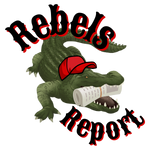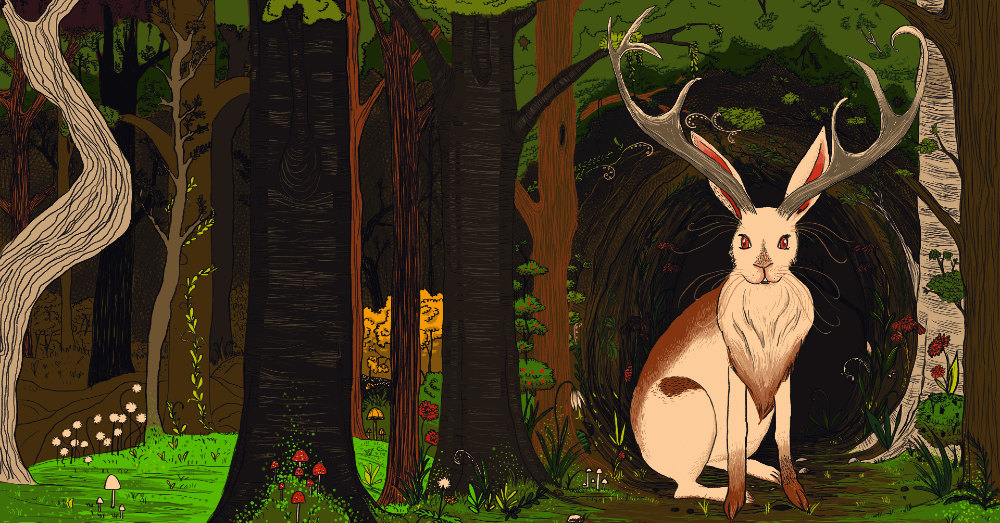Are strange creatures real, or the invention of taxidermists using roadkill to create what looks like mythical creatures?
Creatures with parts from various species have been subjects of various stories and potential fright for centuries. Eventually, P.T. Barnum chose to attempt to monetize some strange creations, promising three mermaids with shapely chests, long hair, and beautiful faces. When people entered his tent, they found something grotesque and disgusting. This creature looked like a half-monkey, half-fish creation with a face frozen in a scream. This could have been the creation of rogue taxidermists; here are other possible mythical creatures that could have come from roadkill.
Jenny Haniver
This incredible creation is a manifestation of a terrible monster, which could have been the basilik or cockatrice, which are both considered to be strange and mythical creatures. The descriptions of the creature are wide and strange, giving a creator a lot to work with, making it easy to pick up some roadkill and create the Jenny Haniver into whatever their imagination could allow. This mythical creature could be the thing of nightmares. In 1558, Swiss naturalist Conrad Gessner created a woodcut version, which would become widely fabricated for many years.
Fur-Bearing Trout
You can easily see how rogue taxidermists could create a hybrid of a trout and a bit of mammal roadkill. The fur-bearing trout might answer the question of how fish survive in frigid water, considering they are cold-blooded and can’t regulate their body temperature. In the coldest climates, some tall talks suggest that fish can grow fur, leading to the legendary trout. There was one such animal put on display in the Royal Museum in Scotland, and it was declared to have been captured in Lake Superior, but that was later proved to be false.
White-Russian Shore-Muddler
The White-Russian Shore-Muddler is a serious mash-up of taxidermy skills and creativity. This creature has a wild boar piglet head, alligator tusks, squirrel tail, and duck legs, making it a very strange creature to see and admire. There was a single version created in the 1960s and was put on exhibit every year at the Natural History Museum in Goteborg, Sweden on April 1. The museum director created this item to increase museum attendance.
Bare-Fronted Hoodwink
The Bare-Fronted Hoodwink began as a representation of all birds that cannot be properly identified. This designation was created by ornithologist Maury FJ Meiklejohn in the 1950s. Eventually, a version was created, which led to suggestions that rogue taxidermists were at work. This version was a combination of a crow, duck, and plover, and it was put on display as part of the collection of National Museums Scotland. It was displayed in 1975 with a blurry picture of the bird.
Jackalope
The Jackalope is the creation of a taxidermy joke and became popular postcard fodder in the American West. The creation is credited to Douglas Herrick of Wyoming, who put a hunted rabbit next to a pair of deer antlers and came up with a horned hare that became the most famous taxidermy item in the world. Strangely, this combination goes much deeper than American folklore, with some medieval manuscripts describing the creature as a rabbit with antlers. Strangely, an American scientist found “horns” on some rabbits during the same time as Herrick’s creation. These “horns” turned out to be tumors caused by a viral infection.
Wolpertinger
The Wolpertinger is said to be a creature that comes from Bavaria and prowls the alpine forest. The rogue taxidermist version of this creature is on display at the German Hunting and Fishing Museum in Munich. This strange creature has the head of a rabbit, body of a squirrel, antlers, vampiric fangs, and wings. This makes the Wolpertinger a bit of an abomination that you would never believe to exist unless you saw it in person.
Wild Haggis
The Wild Haggis is a truly made-up creature that allows Scottish jokesters to make fun of visitors. The description of a Wild Haggis, which is used to make the dish with the same name (according to the tall tale), is a short creature that’s shaped like a sausage with shorter legs on one side of its body than the other. This allows it to walk in the steep Scottish Highlands, but when it runs, it can only run in one direction. Catching it can be easy; all you have to do is run in the other direction.
These are just a few of the crazy creatures made by rogue taxidermists using roadkill and various items to give us something mythological to admire, creating some amazing stories.

